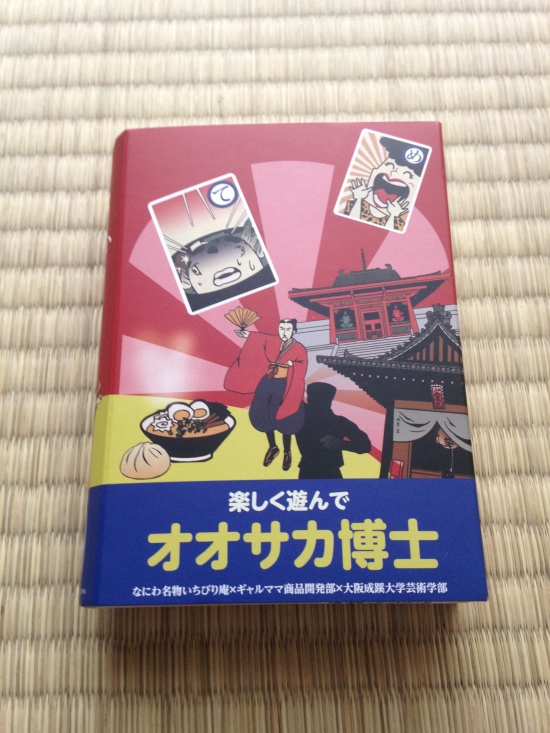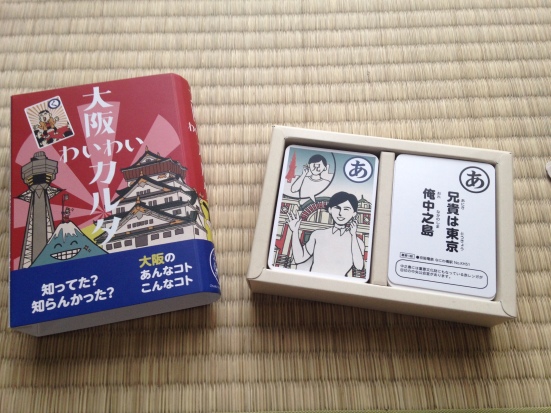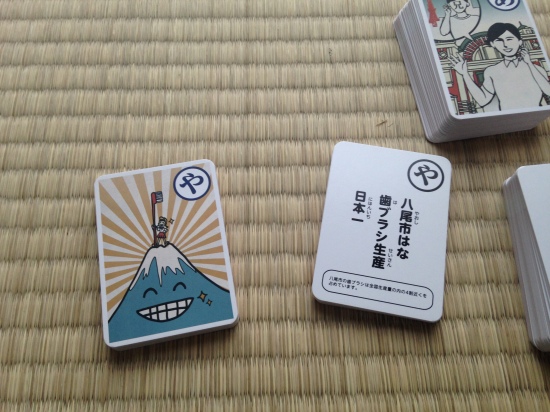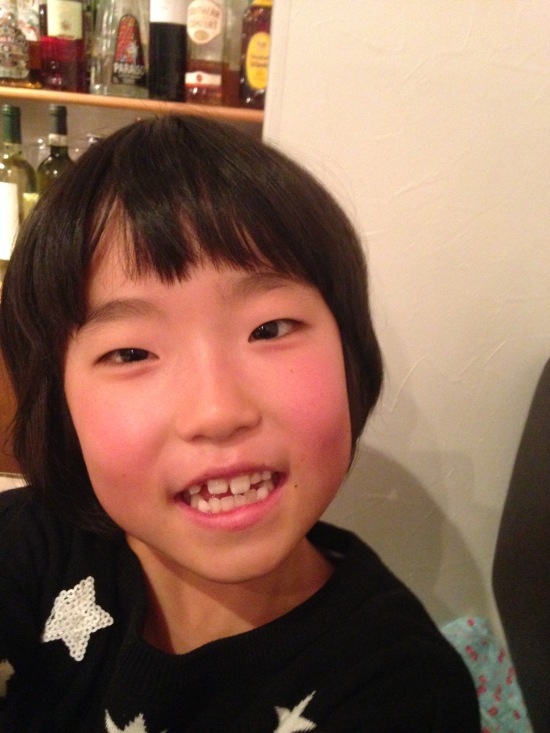The Burj Khalifa is the highest building in the world. On the 122nd floor is at.mosphere restaurant, billed as the world’s highest restaurant. Yesterday, we went there for lunch.
Lunch at 442 metres above ground level doesn’t come cheap. In fact, everything at at.mosphere is astonishingly, hilariously expensive, as if money has become disconnected from all meaning. But this post isn’t about how much it cost, so let’s just say it was the most expensive lunch I have ever eaten, and is very likely to remain so.
The occasion was Yuko’s birthday. Making a lunch reservation was a bit of a palaver, involving several e-mails back and forth, including instructions about what to wear:
| Our dress code is Smart elegant and/or National dress: | |||||||||
| Men: Must wear shirts with a collar and sleeves and closed fine shoes. No shorts allowed. Sandals are allowed if worn with National dress Ladies: Elegant feminine attire. Beach sandals are not allowed. |
Access to the restaurant is via the lobby of the Armani hotel, a super-chic hotel with an impressive array of supercars parked outside.

Before arriving in Dubai, we had been warned just to get a taxi anywhere we want to go, as it’s a very pedestrian-unfriendly city. This was very sound advice, which I duly chose to ignore. This resulted in our arriving for our special-occasion birthday lunch half-an-hour late, a little sweaty and flustered, having found considerable difficulty in finding a way to access the Burj on foot. I wondered whether we were the first people ever to attempt to do so, and indeed we were stopped by a surprised security guard while walking up the ramp.
Entering the minimalist air-conditioned elegance of the hotel was like entering a different world, a kind of haven for the super-rich, whose every need is anticipated and seen to immediately without fuss. We were greeted very politely and shown to a special express elevator with just 2 floor buttons.

The elevator whisked us at high-speed up to level 123, from which we had to go down 1 flight of stairs to reach the restaurant.

We were greeted with great friendliness by our waitress, who was very attentive throughout our meal.
The view from our window seat was northwards towards Dubai creek and Sharjah, with a collection of tall buildings in the foreground and a desert landscape stretching inland to our right. Hazy conditions made it hard to make out much detail looking along the coast.

First we were presented with a little plate of 3 amuse-bouches. These little salty bread snacks were a welcome treat as we were actually really hungry by this stage.

Next a young man came over to offer us a choice of fancy bread, all baked in-house: a French baguette, a croissant with goat’s cheese or some ciabatta. He had a trolley with two great cylinders of butter, from each of which he whipped some onto a little plate for us while explaining to use their special virtues and French origins. The butter with seaweed was really good; silky and salty.
I ordered a roots soup with coconut and shiitake mushroom to start and a Patagonian cod main course. Yuko had a foie gras terrine starter and flank of wagyu beef with shallot confit and aligot (French for mashed potato, apparently) for main.
The root soup was deliciously thick and creamy, with Thai flavours like chili and galangal. I was pleased that we were offered more bread whenever we needed it; I hate running out of bread before I finish my soup, and I wanted to try the different kinds.

The cod dish was amazing; most notably for the flavours and textures of the risotto, which was made with black rice and lumps of meaty parmesan cheese.

Of course, a visit to at.mosphere is only partly about the food; people go there for the novelty of visiting the world’s highest building, and for the views that entails. And one of the best views is from the men’s toilets, which overlook the lake where the fountain display takes place. The multi-storey buildings look just like toys.

We decided not to go for dessert, but a surprise was in store: a choux-pastry swan with a single candle and a “Happy Birthday” message for Yuko. I thought that was a lovely touch, and in fact it was really good.

We ordered some coffee to go with the swan, and this came with yet another surprise – a plate of fancy treats. The “lollipops” consisting of marshmallow-covered pineapple, dusted with pieces of orange sherbet, were especially good. Also included were mini-eclairs, a banana custard sweet and a light and moist canelé. We were also given a little basket of madeleines.
And at the end of all that, Yuko was given a little bag of chocolates to take home.

After we had eaten, our waitress gave us a little tour of the rest of at.mosphere: a private dining room and the lounge bar. The bar is apparently very popular as a place to watch the sunset while sipping extremely expensive drinks; you can also enjoy “luxurious high tea” there for around €150 per person. The people in the lounge were far more elegantly dressed than we were; most of the women were wearing cocktail dresses.


In each area, we were given the opportunity to take pictures of the views and our waitress took pictures of us with various backdrops. She turned out to be quite a skilled photographer.

At last it was time to leave this rarefied world and return to the real world far below, where (lesson learned) we took a taxi back to our hotel.

























